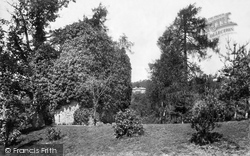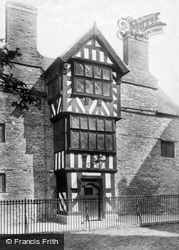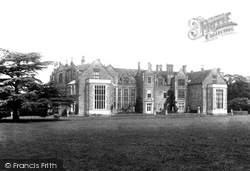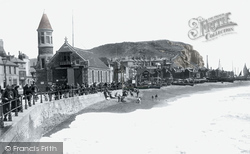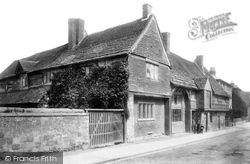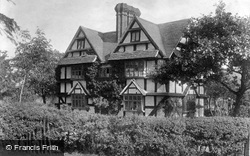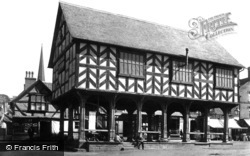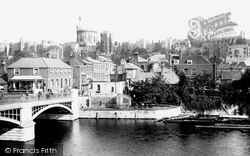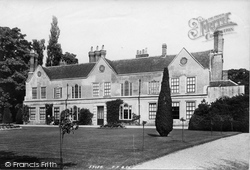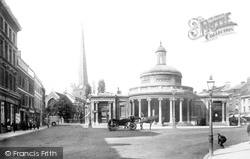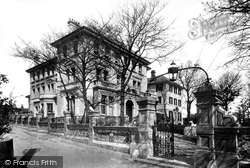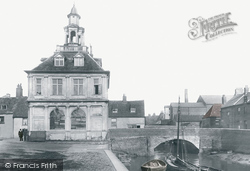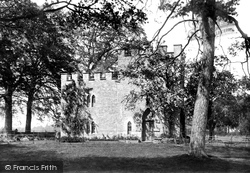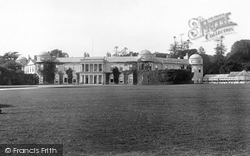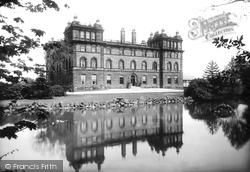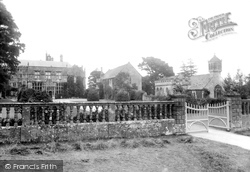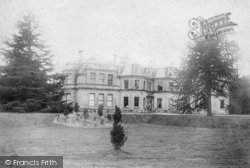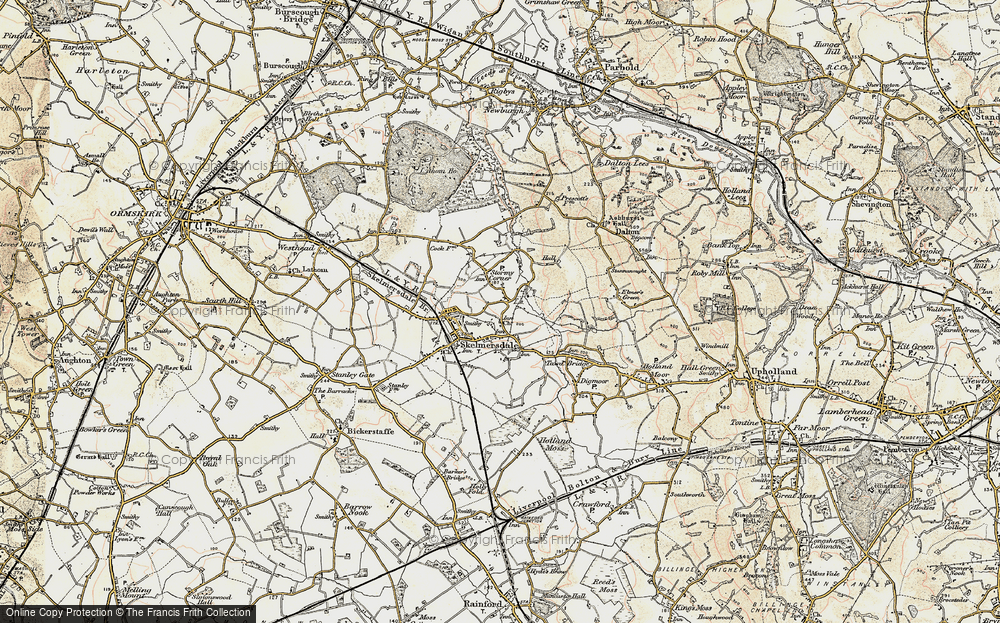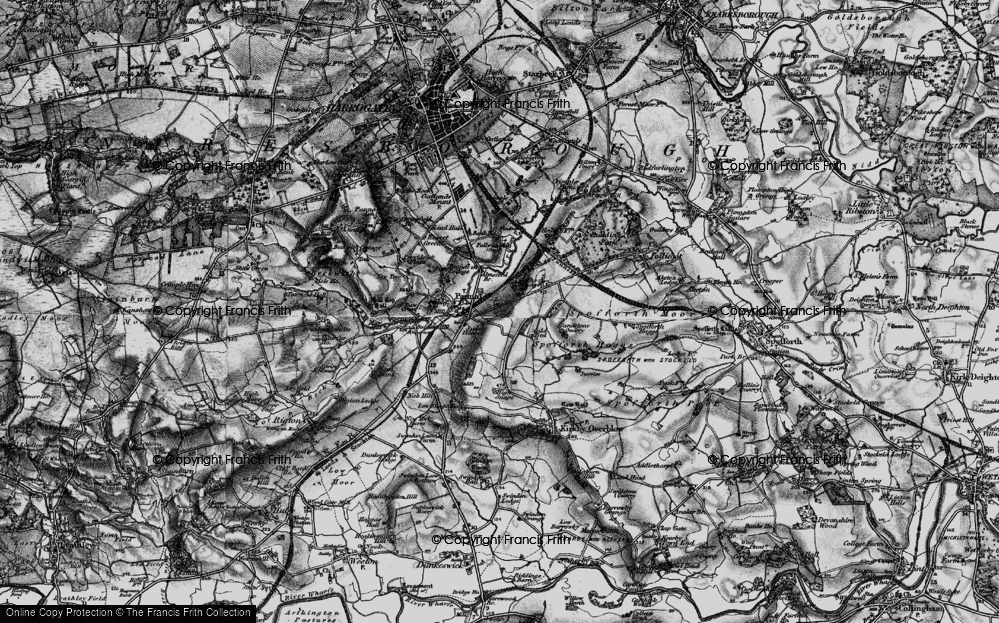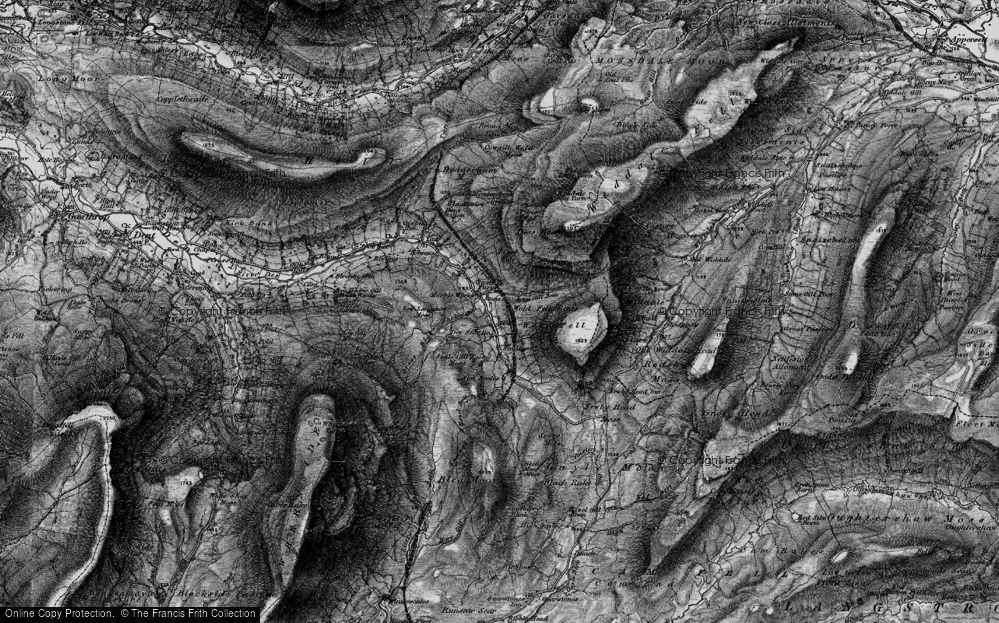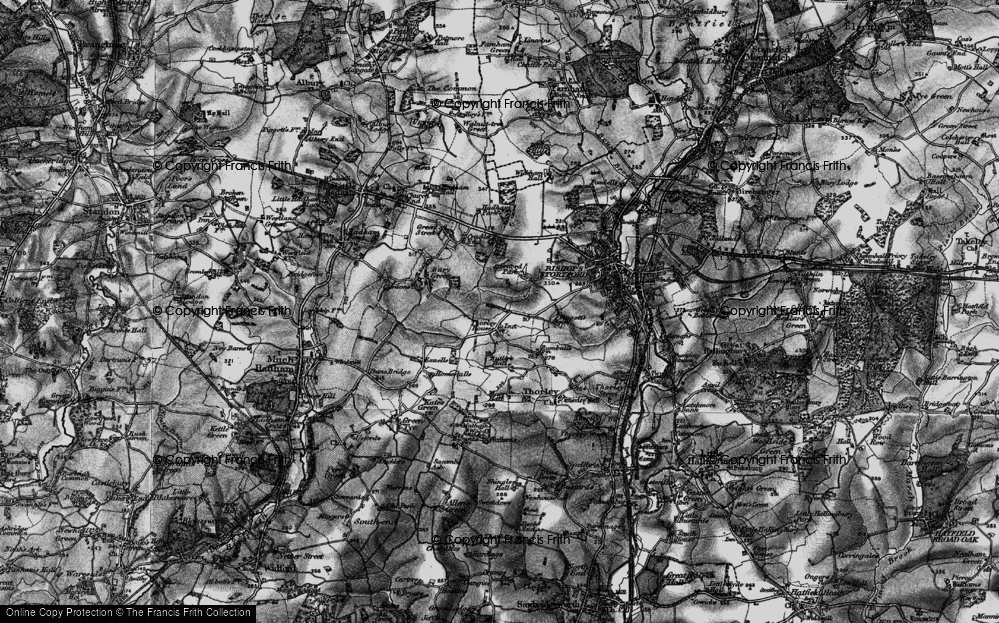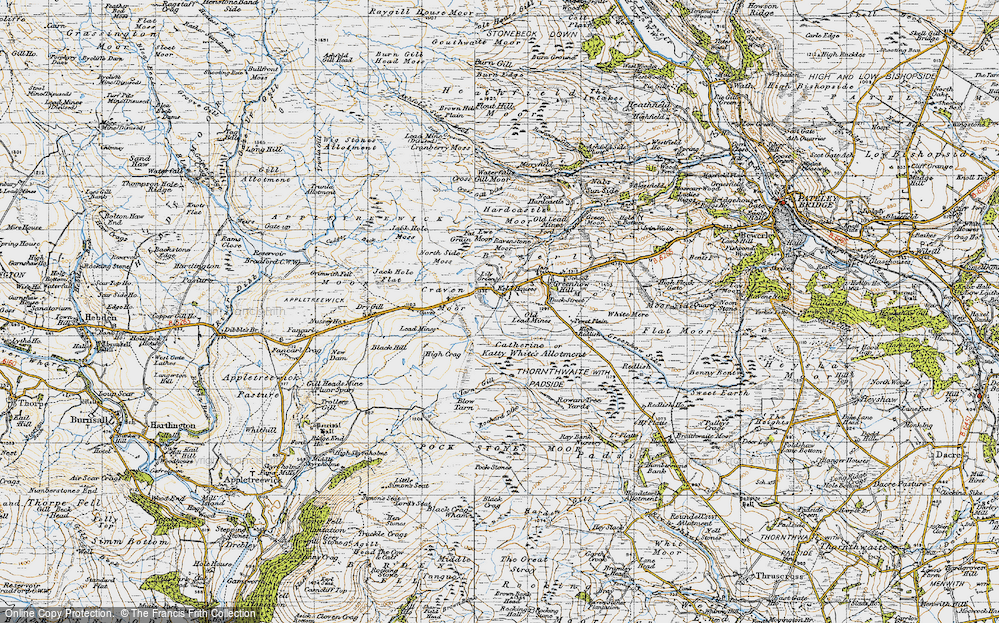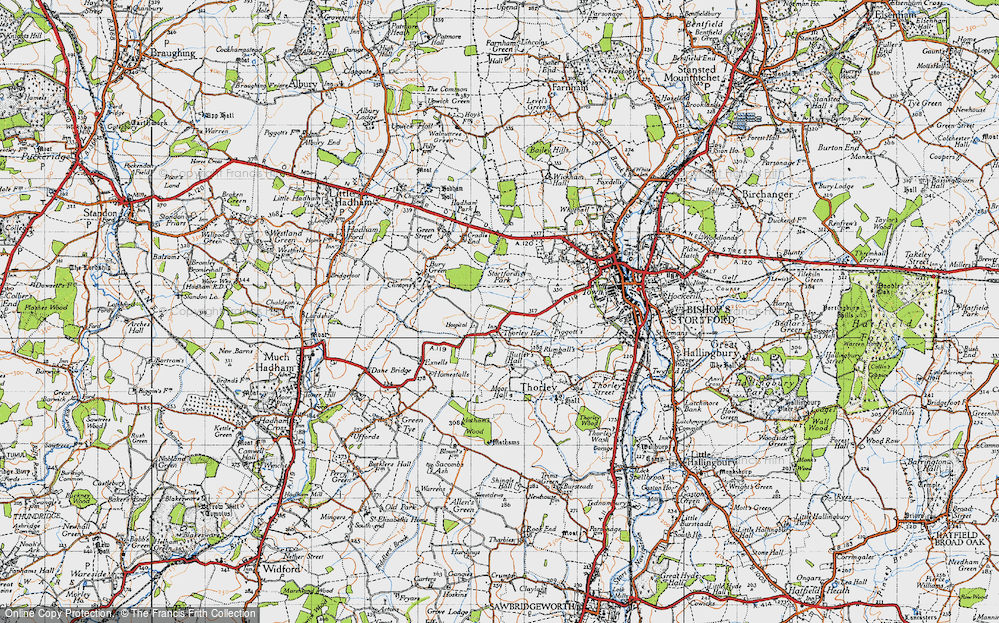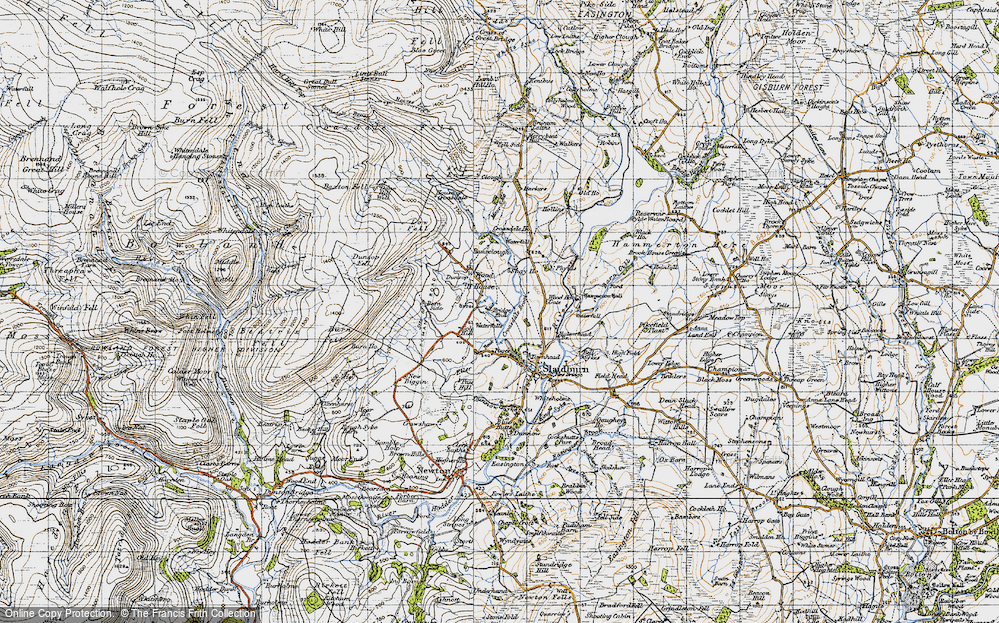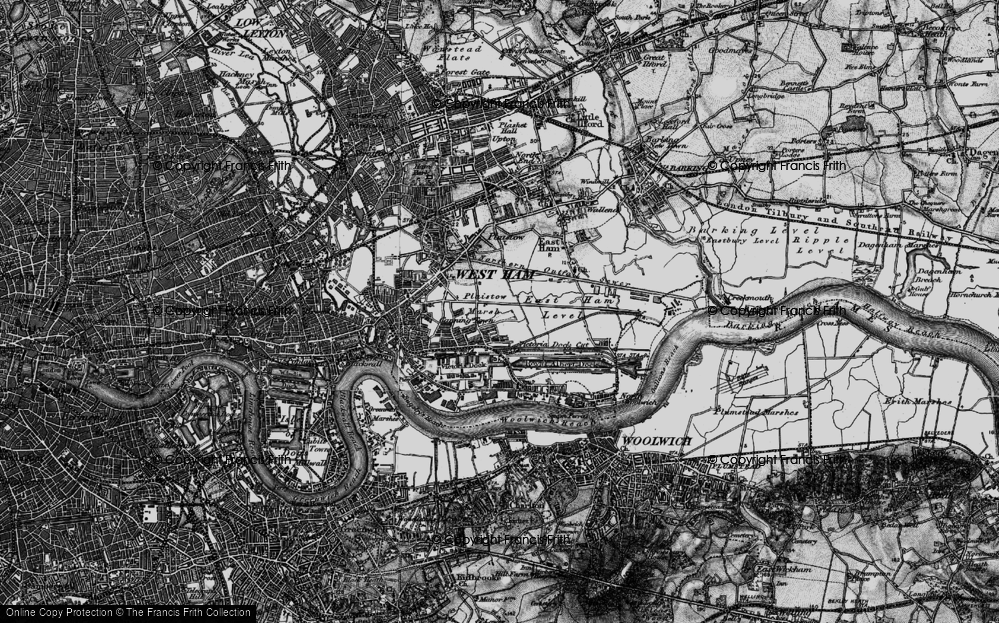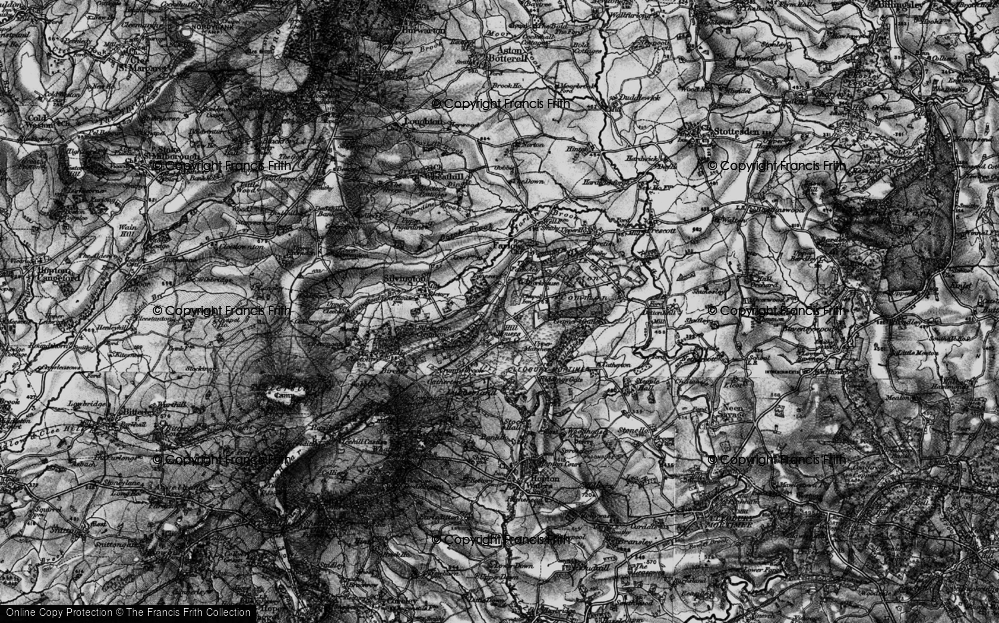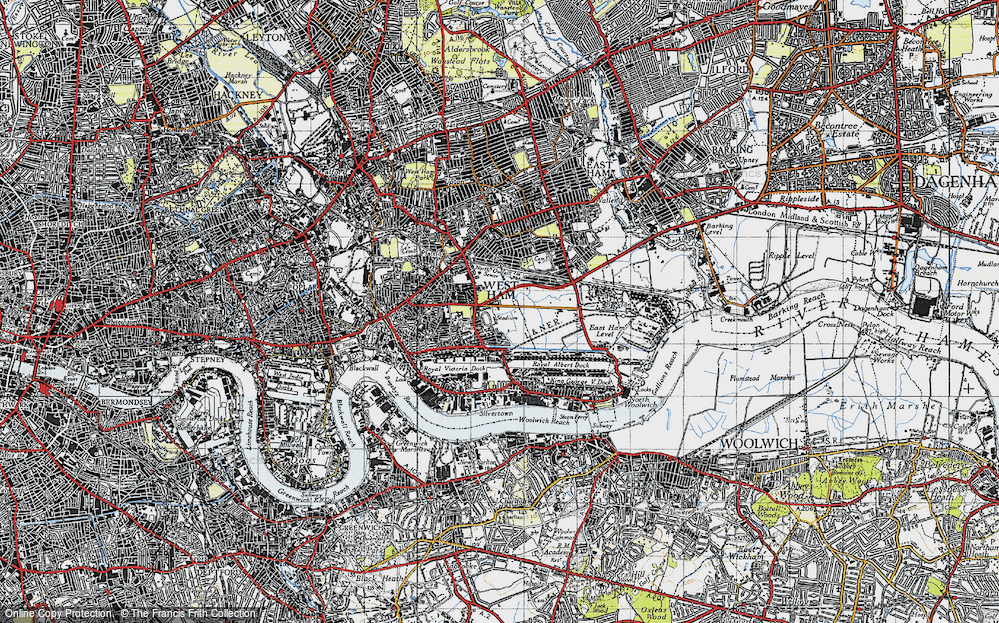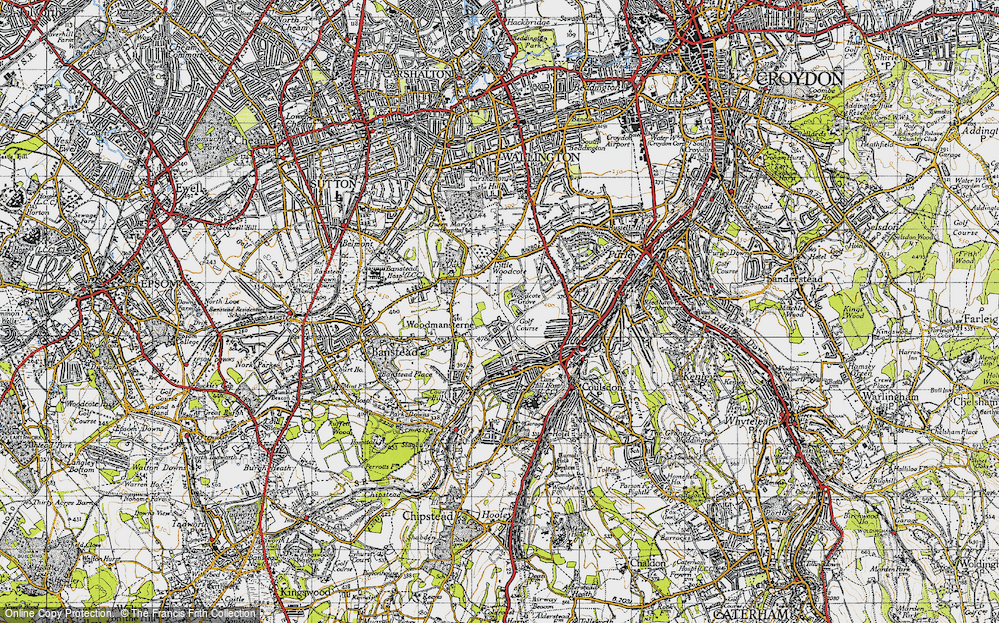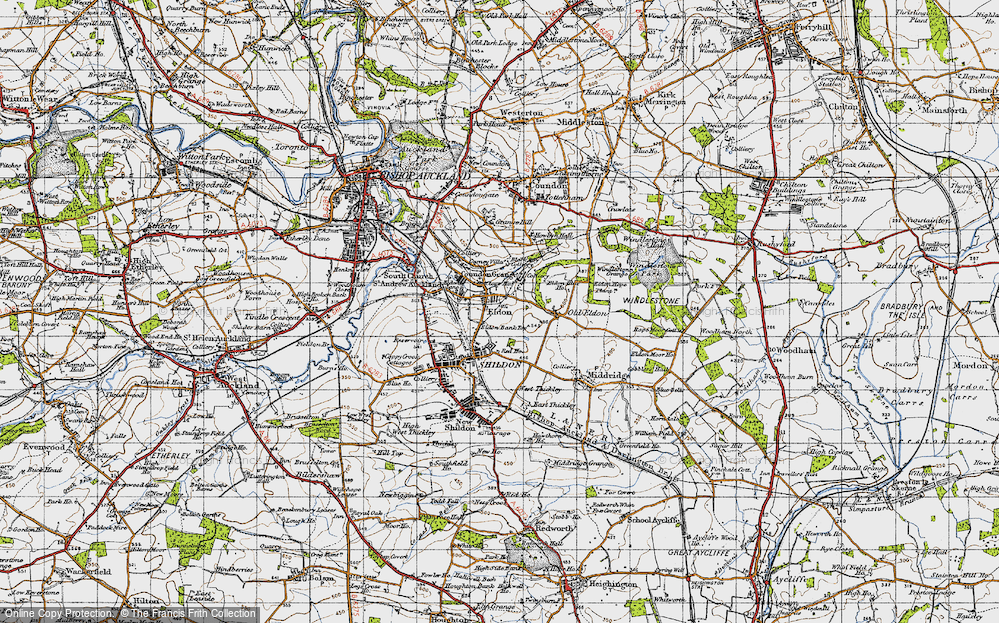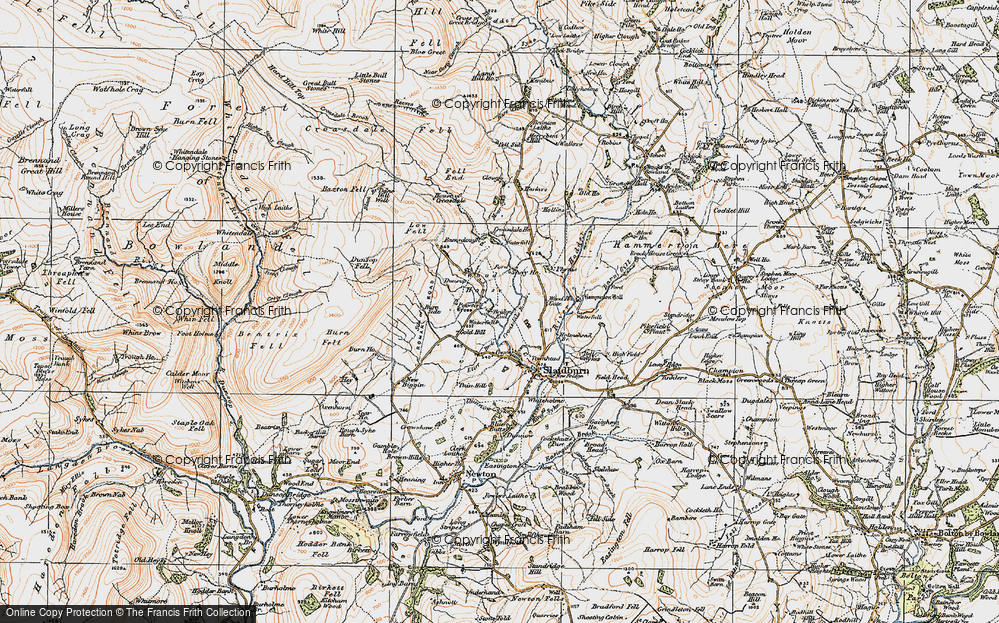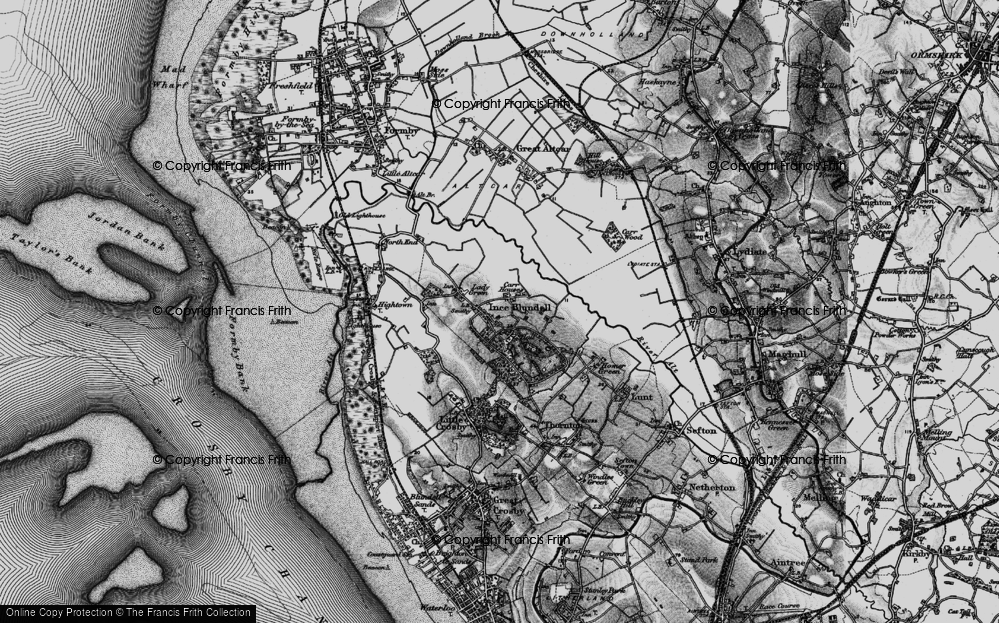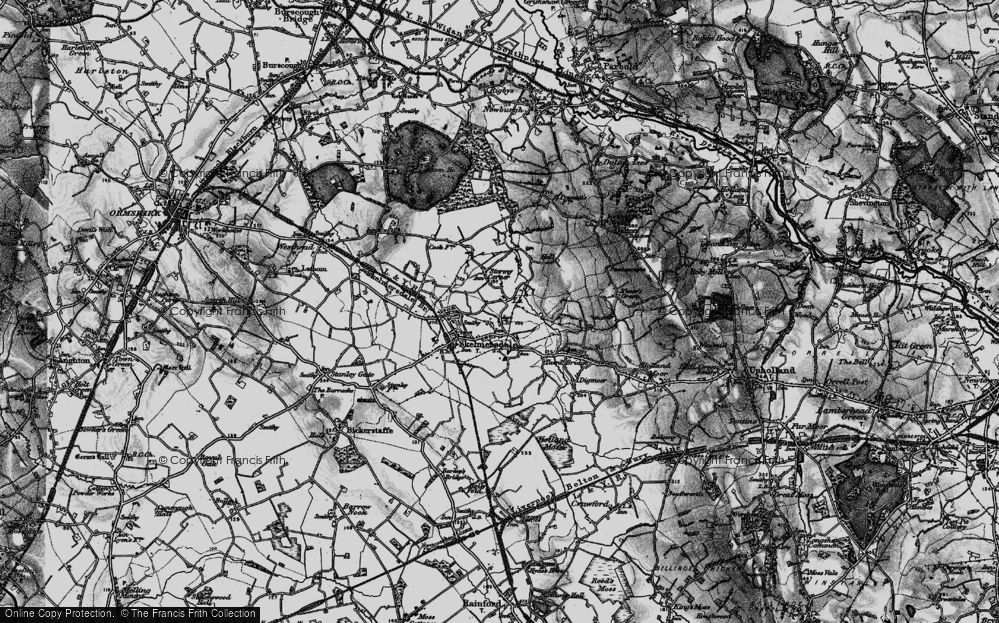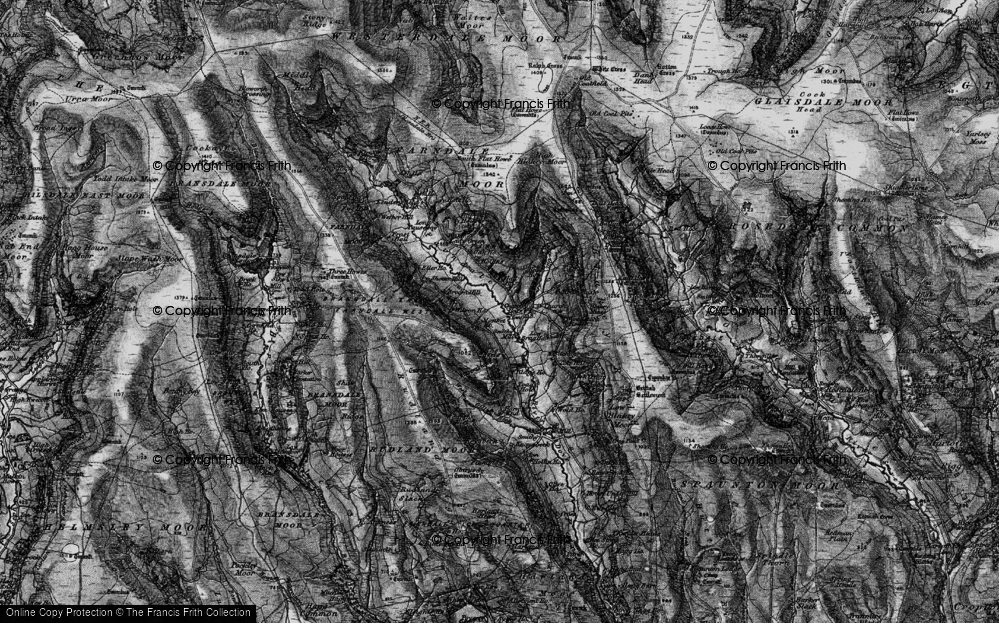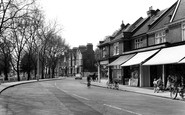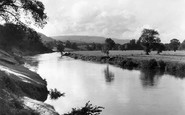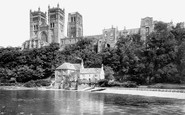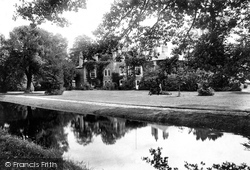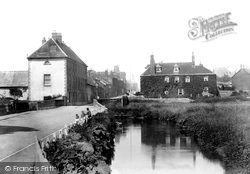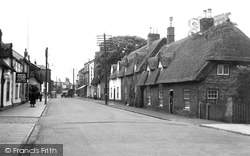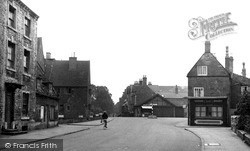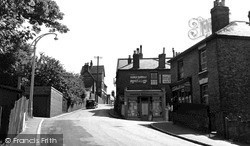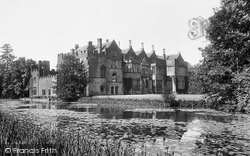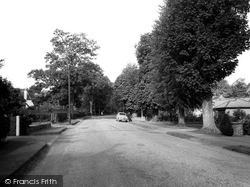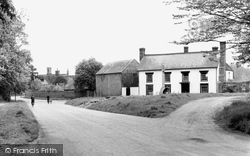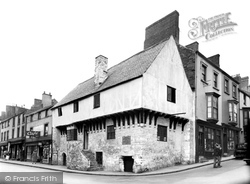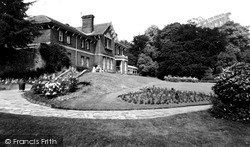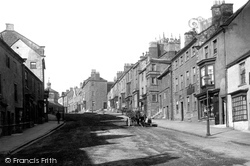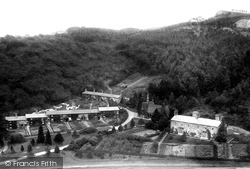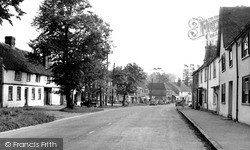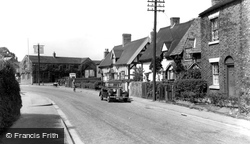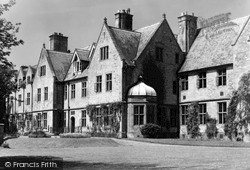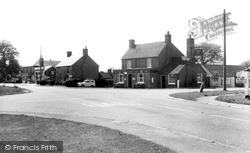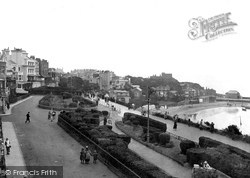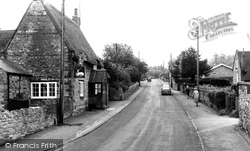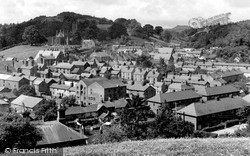Places
36 places found.
Those places high-lighted have photos. All locations may have maps, books and memories.
- Chatsworth House, Derbyshire
- Osborne House, Isle of Wight
- Brambletye House, Sussex
- Ickworth House, Suffolk
- Kingston Lacy House, Dorset
- Boscobel House, Shropshire
- Preshute House, Wiltshire
- Bolton Houses, Lancashire
- Brick Houses, Yorkshire
- Quaking Houses, Durham
- Water Houses, Yorkshire
- Bottom House, Staffordshire
- New House, Kent
- Mite Houses, Cumbria
- Lyneham House, Devon
- Church Houses, Yorkshire
- Dye House, Northumberland
- Spittal Houses, Yorkshire
- Street Houses, Yorkshire
- Tow House, Northumberland
- Halfway House, Shropshire
- Halfway Houses, Kent
- High Houses, Essex
- Flush House, Yorkshire
- White House, Suffolk
- Wood House, Lancashire
- Bank Houses, Lancashire
- Lower House, Cheshire
- Marsh Houses, Lancashire
- Chapel House, Lancashire
- Close House, Durham
- Guard House, Yorkshire
- Hundle Houses, Lincolnshire
- Hundred House, Powys
- Thorley Houses, Hertfordshire
- School House, Dorset
Photos
7,776 photos found. Showing results 161 to 180.
Maps
370 maps found.
Books
1 books found. Showing results 193 to 1.
Memories
10,360 memories found. Showing results 81 to 90.
Good Times
We came down from Scotland to Stoke in 1953 as my dad had got a job in the newly opened Pit Hem Heath. As children we used to stay at the house which is sitting in front of the pit . We used to go across the brook on the pipe what ran ...Read more
A memory of Hem Heath in 1960 by
Growing Up In Barnes 1950s
We moved to Glebe Road in 1952 (Cousland) and it was a wonderful place for children. We had a back gate opening on to the common and made full use of it. The grass was cut every year and baled for hay and we used to rush ...Read more
A memory of Barnes by
Happy Days
I came to live in Ardpeaton Lodge at the age of 2 when my father was transferred from Wales to Coulport. At that time the Lodge was owned by the MOD along with Ardpeaton House which was further up the drive. Two years later the House ...Read more
A memory of Ardpeaton in 1947 by
Grandmother And Grandfather, Also Aunts & Uncles Lived In The Village
My grandmother and grandfather had the general store and post office. Their name was Cridland. One of my aunties and uncle Charles had a house down by the church, their name was ...Read more
A memory of Old Cleeve in 1930 by
Being Young
I grew up in Maddiston. I'm only 33 and my memories are being allowed out late at night in the summer, playing tig, skipping, chapdoor run, also going for walks up behind the golf course. The village has changed a lot since then, ...Read more
A memory of Maddiston in 1982 by
Camelot Court History
My grandma and grandad moved to Sutton on Sea. They bought a brand new bungalow at Camelot Court, I have photos of the bungalow being built. I have since been left the bungalow and my parents have now also moved to ...Read more
A memory of Sutton on Sea in 1972 by
Favourite Outing
My family and I often walked to the River Usk, going down Pentre Road and crossing the Brecon Road. We used to have picnics on the side nearest St. Mary's church in Llanwenarth, and look in the water for tiny fish and insects. ...Read more
A memory of Abergavenny in 1949 by
River Wear
This is the famous and wellbeloved view of the Cathedral with the three towers - one can climb the central tower - the Galilee Chapel and houses occupied by Cathedral officials as seen from Prebends Bridge and the bank of the River Wear, ...Read more
A memory of Durham in 1956 by
Wickford And Runwell Hospital
I got a job as a Junior House Officer at Runwell Hospital in March 1958 and worked there for a year, initially living in the hospital residence and then, after I married in Dublin, Ireland later the same year, moved ...Read more
A memory of Runwell in 1958 by
Lavender Hill
My uncle and aunt had a house in Beaufoy Rd, number 5, tucked into the corner next to the Fish & Chip shop. When I was home on on leave from sea that is where I lived, for about 5 years. Usually up the smoke to the jazz clubs I ...Read more
A memory of Battersea in 1954 by
Your search returned a large number of results. Please try to refine your search further.
Captions
6,977 captions found. Showing results 193 to 216.
The Moat, or Moat House, is a splendid large manor house begun in Georgian times and surrounded, as the name suggests, by water.
Virginia creeper has now spread to every inch of stonework on the 18th-century house (centre right). On the skyline, in the gap, are the three-storey lines of Grove House in Rax Lane (right).
In the foreground are cottages, some thatched, while in the distance are some more urban later houses of two and three full storeys.
This view looks west with the Red House (left) in front of and next to Lorne House and West Deyne, the school boarding houses.
In the distance in the centre of this photograph is The King's Arms public house; at this time it was one of the houses of the Maidstone brewers Style & Winch Ltd.
Broughton Castle was built as a fortified manor house by Sir John de Broughton in the 14th century. It was later acquired by William of Wykeham who converted the house into a castle.
Broad and leafy, it retains a handful of older houses like the mock-Tudor one we can just see on the left in this photograph.
Flendyshe House, facing the small green, is an early 17th-century house remodelled in 1807. On the green is the war memorial.
Here we see Aberconwy House some years after photograph 65752 was taken.
A Georgian house called Belle Vue was built at the foot of Newton Road in the 1780s.
The 13th-century church of St Mary Magdalene has a massive 16th-century tower with rounded pinnacles, which houses the peal of eight bells.The public house is appropriately named the Eight Bells.A
Randell House was previously called All Saints' Home; it housed young homeless children from London slums until 1937, when it became a house of rest and prayer for ladies.
The four-storey gabled house on the right with the flight of steps is Blagroves House. This is now the oldest surviving house in the town.
Often referred to as 'the Alpine village' because of its sylvan setting at the head of a wooded valley, the cluster of houses known as Hutton Village dates from the mid 19th century, when Mr Thomas
Red Rice House was built about 1844 and was restored in 1933 when two gate-houses were added. It replaced an earlier brick house of about 1740.
The cobbled street passes Oak House, one of the oldest houses in Rye; it dates from the 15th century, and replaced an earlier house that burnt down in 1377.
Sturrick House on the far left, once a temperance hotel, is 16th-century, but the ground floor frontage is 18th-century.
Ingram House (left) is of a similar date, but is much altered. The Red House stands opposite, in ivy-clad brick (right).
The delightful timber- framed house in the centre of the picture is said to date from 1510.
As usual in boarding houses, most of the windows are open for a good airing. This was the headmaster's house until 1975 when a new house was built in the garden facing South Backway.
Halland Park Farm is the remains of the mansion built in 1595 to replace Laughton Place as the principal house of the Pelham family.
It was known as Fort House, and Dickens lived there in 1851. Dickens loved this house, and called it his 'airy nest'; it was here that he wrote David Copperfield.
Opposite is the gable of a 19th-century extension to Stone House, a fine 17th-century house.
The symmetry and lack of individuality in the houses to the right of the photograph point to this being a modern 20th-century housing estate.
Places (80)
Photos (7776)
Memories (10360)
Books (1)
Maps (370)


